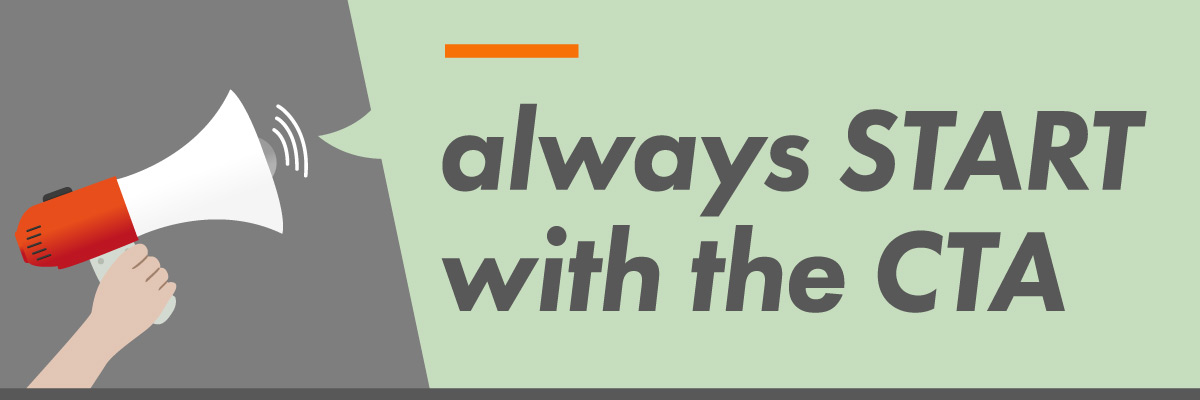
Last week, I told you about the need to focus on tracking your CTR and Conversion rates, and that Open Rates weren’t all that important.
Like most rules, there is a little exception, an area where the open rate can have significance. If you find that your open rates are actually very high, but your CTR is comparatively low, then it’s time to examine your CTA – the Call To Action.
The CTA is the hook to entice your reader to act. If you want to boost your click through rate and conversion rates, the CTA is the piece you’ll want to get right.
Carefully written content and product images are great – but start with the CTA, get that right and you’re on to a winner!
WRITE YOUR CTA FIRST
Remember, you’re writing an email to achieve a goal, so think about that goal first before writing a single word. Web readers are comic book readers – they skim and scan, so while your written word might rival anything by the great playwrights, if your CTA doesn’t stand up and shout at your reader – you’re wasting your time.
Once you know what it is that you want your reader to do next, write it down. Start with that as the first line of your email. You can build on and around that and then move it later. But always START with the CTA.
Doing this keeps you focused on your reader’s actions and clarifies the message.
HOW DOES MY READER ACT ON THE CTA?
Now that you know what the desired action is, think about what, if any, information your reader will need to help them take that action. What do you need to tell them to get them to take the action?
By this stage you should have the key elements for your email – a focused CTA and the necessary information. Now you can start to dress up your content with clarification, enticements, images, design and yes, even some “marketing speak”.
The best CTA requires a simple YES or even a NO but basically one that helps your reader make a choice.
This applies to everyday plain text emails as much as it does to fully designed HTML marketing mails.
Take for example the poor sod who has to organise the company Christmas dinner. In doing so he sends out an email asking for input.
The basic CTA he’s looking is for cross-company agreement on picking a venue.
Here’s an example of poor CTA that doesn’t hinge on “yes”:
“Hey Folks,
We’re having the Christmas party on the 17th this year?
We could go to Galgorm or James Street South. James Street South can’t give us the whole restaurant only half and they don’t have after dinner entertainment – but they are right in the centre of town, so easy travel for everybody. Galgorm can give us a private room for the whole night, but it’s miles away.
Anyway, what do you think?
Let me know.
Robert”
If you write a CTA like this — it’s open-ended meaning we’re opening the door for custom responses, adding complexity and confusion. Your recipients might even delay their response, or call you to discuss or simply ignore it.
If we re-write that example by starting with a CTA that hinges on a YES response, we are likely to get a much better response.
“Hey Folks,
I’m planning the Christmas party and trying to decide between James Street South and Galgorm.
I recommend James Street South, because well – the food is great and it’s right in the centre of town, so suits everyone’s travel needs. I can organise a group discount for entry to Thompson’s for after dinner.
Is that ok with you?
Cheers,
Robert”
In this case we now have a default YES response, and even if the response is “no,” then we still have a simple, clear exchange, which will make the next communication even easier.





